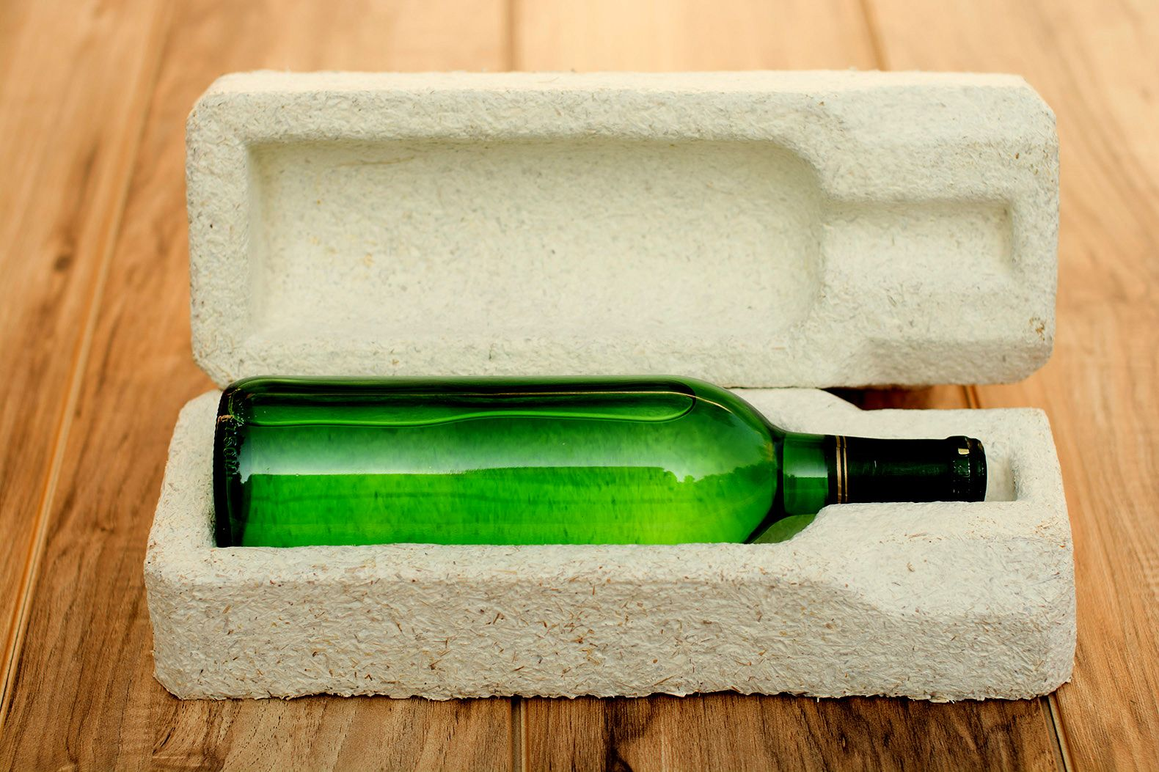The new life of polymers
27 / 03 / 2020
Nowadays there is much talk about the invasion of plastic and the need to reduce the use of this material. And this evidence cannot be denied. But we also need to take into account that if plastic – typically high-molecular-weight organic polymers – is rigorously and responsibly used and if its properties are well known, it can become a good partner
Perhaps we should start by distinguishing between different types of polymers to get an idea of the possibilities this material offers to designers. Normally plastic is synthesized, especially from chemical oil products. However, there are also plastics produced from natural and biodegradable sources, such as polylactic acid, derived from corn starch, or cellulose, derived from cotton.
Much progress is being made in the research of polymers as a world of possible applications opens up that do not have to be harmful. Plastic is presented as a key resource in medicine thanks to the 3D printing of anatomical parts of the human body which replace damaged areas in a fully customized manner. The malleable and flexible properties of plastic make it suitable for bio-hybrid robotics projects.
It is precisely because of these beneficial uses of plastic that many laboratories and materials research centers are developing polymers more in line with the state of emergency caused by waste. In addition to those already mentioned derived from starch, with possible uses in hospitality and in 3D printing and from cotton, commonly used in the building industry, human hair, fungal mycelium and microorganisms are the other surprising actors in the world of the new polymers. Human hair is a fantastic resource to build nets and ropes and has a great absorption capacity, making it very suitable to absorb oil spills. Fungal mycelium, combined with a by-product of hemp, becomes the perfect replacement for conventional plastic in the packaging sector. And finally, kombucha is a bacterial cellulose that can be used to manufacture fabrics.
In conclusion, as we cannot live with or without plastic, a new generation of polymers are ready to make the future a little more sustainable.




